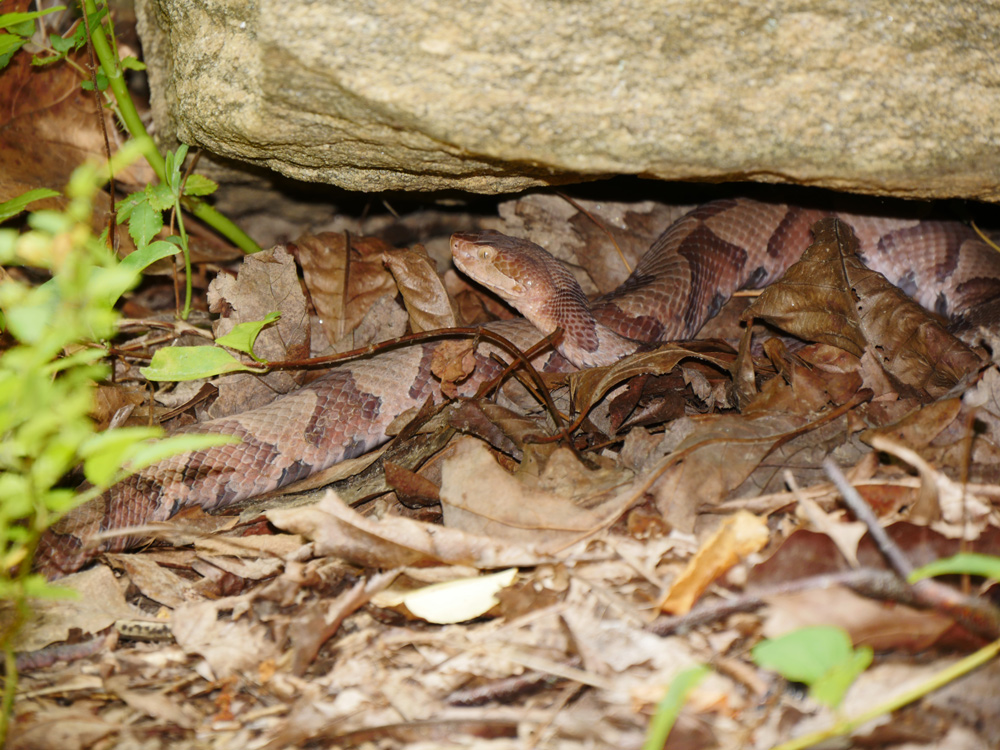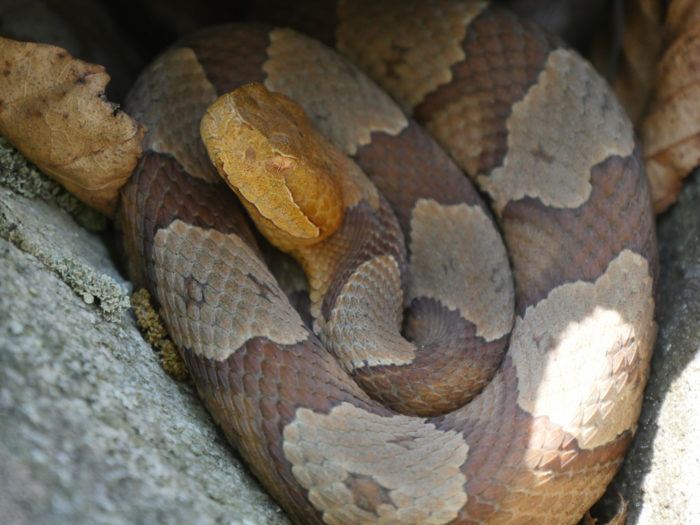
The onset of the warm weather in the spring and earlier summer seems to trigger the movement of all types of wildlife, including one of the most misunderstood groups of reptiles, the snakes. Snakes are incredible animals that play vital roles in the balance of our ecosystems by controlling pests and disease, but they are simultaneously one of the most feared groups of animals in the world. Much of this fear is undeserved, even for those comparatively few species that are venomous.
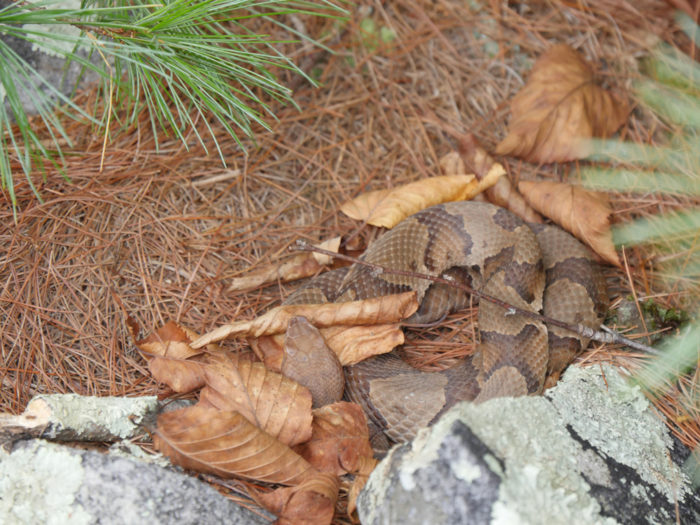
There are 15 snake species that call Harford and Cecil County home, and only one of them is venomous. The Eastern copperhead (Agkistrodon contortrix) is a small pit viper that is fairly common and widespread in the eastern US. It utilizes a number of different habitats throughout its range and can be found throughout the state of Maryland. Despite its prevalence, the copperhead is extremely secretive in nature, preferring isolated habitats away from human development. Identified by the yellowish head and dark hourglass-shaped markings down its body, the copperhead has an uncanny ability to camouflage with the forest floor. As such, they are ambush predators, and will sit and wait sometimes for hours at a time for an unlucky rodent or frog to pass by. They then rely on the use of their venom to subdue their small prey.
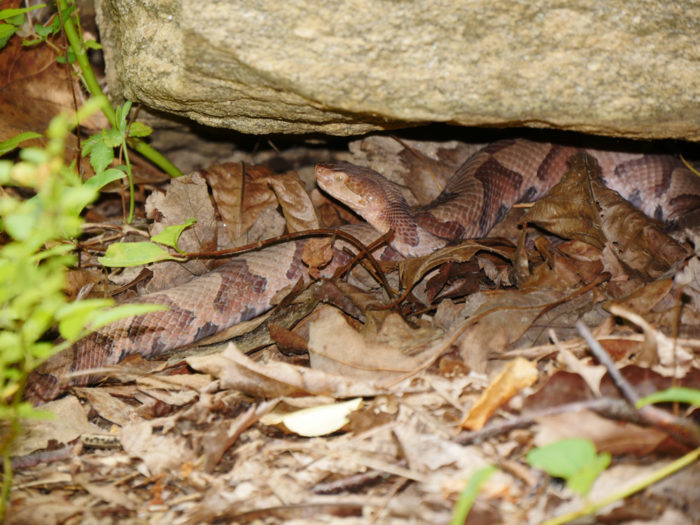
Because of their extensive distribution and encroaching human development, there are a few rare encounters with copperheads each year. There are many that swear that the copperhead is aggressive and should be eliminated on sight, but, like many other snakes, it may not live up to this infamous reputation. The Susquehannock Wildlife Society plans to put these notions to the test. The local non-profit wildlife conservation group has embarked on a study that should determine the true nature of Harford’s venomous snake. SWS researchers, under permit by MD DNR, will visit known copperhead sites in Maryland in order to find the snakes and simulate potential encounters the snake could have with humans. The experimental trials include placing an empty boot next to and on top of the snake, as well as a fake gloved hand to simulate a human picking up the snake. SWS will record each snake’s reaction which could include tail rattling, musking, striking, just fleeing the scene, or even nothing. With this data, SWS hopes to determine the most likely reaction from copperheads that encounter humans.
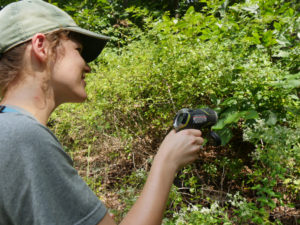
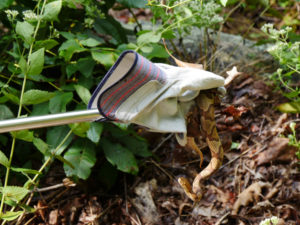
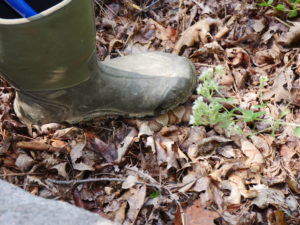
The study involves evaluating and comparing two types of sites: areas that experience steady human activity, and isolated areas where the snakes are unlikely to encounter people. Hopefully this new study will shed some light on the mysterious copperhead, and maybe we’ll find that we can peacefully coexist with this stunning and important component in the lower Susquehanna ecosystems.

